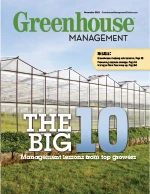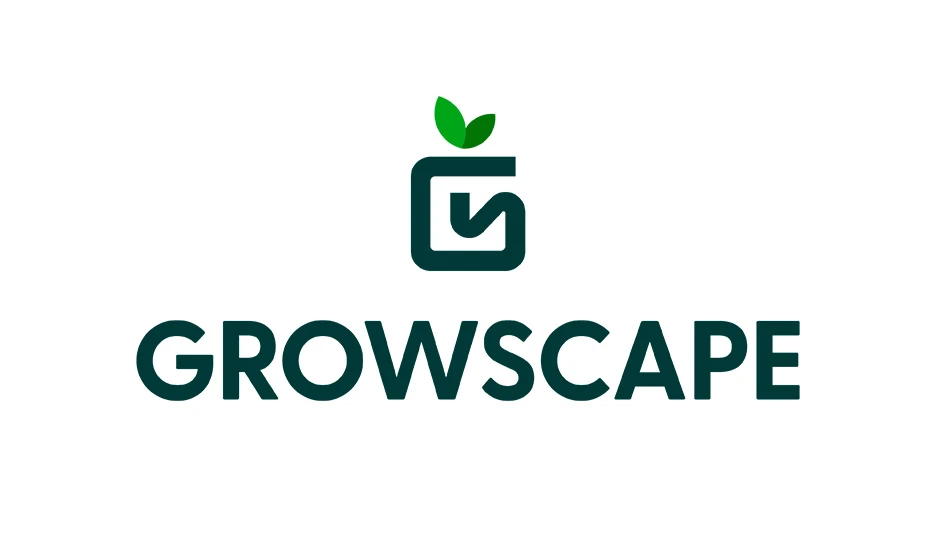 Bridget K. Behe Bridget K. Behe |
Bundling is the art of combining products to sell. Dinner and a movie. Bacon and eggs. Flowers, balloons and candy. We know that some customers purchase products together, yet we all too often fail to bundle products that are likely to be sold together and, by failing to do this, we may leave some profit on the table. Bundling is most effective when the products complement each other. The “package” is often priced less than the component parts themselves. What the customer may not see is that the seller can often garner a higher percentage of profit because the bundle was bought together. Bundling for wholesale is one approach where the package may be more profitable than the components. Purchases of potting mix almost always go with containers because we need something in which to put the mix. How many suppliers encourage the purchase of both parts? Bundling can be more profitable because the seller gets a greater share of the customer’s wallet when s/he buys both bundled items. Sometimes transactional or transportation costs might be a bit lower. The reduction might be passed along to the buyer as an incentive to purchase. When priced right, the seller not only gains the revenue for both items but also the profits for them both. Bundling can also work well on the end-user or consumer side. Here, again, is where the savvy grower might consider pre-packaging some bundles for the retail customer. Think about what things customers buy together and offer some pre-finished bundles. Food-producing plants and herbs are a great place to start. Look at the containers in which you grow some common vegetables and herbs. Is there a physical bundle you might suggest or create? First, think about the physical combination. It might be easier to combine 4-inch square containers than 4-inch square and 4.5-inch round containers. Do you have some container sizes that might be combined into a basket or bundle? Second, consider the food options. Tomatoes, one of the most popular vegetable plants, go well with basil, oregano and parsley. There is a combination most cooks don’t need to think about very long. What about adding a marigold to the combination for color (and some allelopathic qualities)? Now, rather then selling just one plant, you’ve enticed the consumer (and indirectly the retailer) to buy three plants. Is there any savings to them in that combination? Any savings to the consumer? And, there is the advantage of moving more inventory through in one sale. What about color combinations? Bundling works well, here, also. Consider bundles of compatible containers that would make a shade combination or another combination suitable for the sun. Some retailers have successfully merchandised the finished larger container along with smaller packages. The finished one meets the needs of customers who want the color now and are willing to pay more for it. The six-pack appeals to the customer who is on a tighter budget and who has the time to wait for the mix to grow. Bundles might be named. One retailer did this because customers returned each year asking for the package — by name. This might also help in planning production to see which bundles sold first and which remained on the shelf.
Bridget Behe is a professor in the department of horticulture at Michigan State University. Have a Question? You can contact Bridget Behe at behe@msu.edu. |

Explore the November 2012 Issue
Check out more from this issue and find your next story to read.
Latest from Greenhouse Management
- Grant awarded to test western U.S. wood species for use as wood fiber potting substrate
- Pennsylvania Horticultural Society announces 2025 Gold Medal Plant winners
- Oasis Grower Solutions announces new Southeast territory sales manager
- How to reduce labor in greenhouse vegetable production
- A nation of gardeners: A history of the British horticulture industry
- Last Word with Angela Labrum, Bailey Nurseries
- Iowa plant supplier Plantpeddler building retail complex
- This month's Greenhouse Management magazine is about native plants and sustainability






